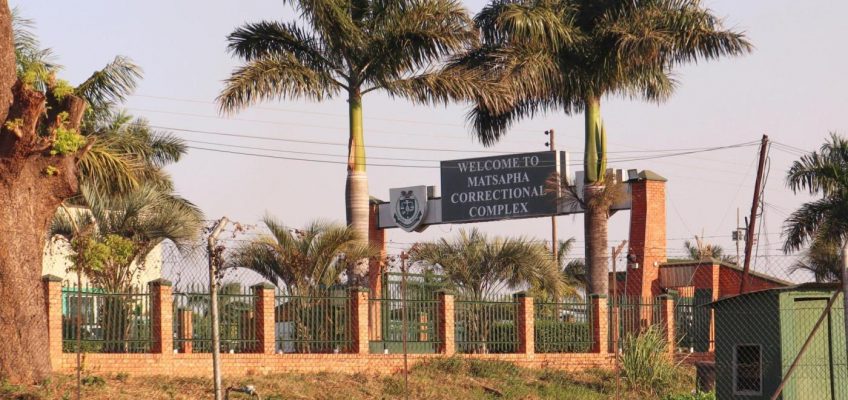By VLADIMIR ISACHENKOV, Associated Press
MOSCOW (AP) — The Kremlin on Monday welcomed U.S. President Donald Trump’s comments about Russia’s offer to extend the last remaining nuclear arms treaty with the United States, saying it raises hope for keeping the pact alive after it expires in February.
Last month, Russian President Vladimir Putin declared his readiness to adhere to nuclear arms limits under the 2010 New START arms reduction treaty for one more year, and he urged Washington to follow suit. When asked about the proposal, Trump said Sunday it “sounds like a good idea to me.”
Related Articles
French PM resigns hours after naming government, plunging France further into political chaos
The Nobel Prize in medicine goes to 3 scientists for work on the human immune system
Today in History: October 6, Anwar Sadat assassinated
Leader of UK Conservatives vows to deport 150,000 people a year
Strong-Armed by Trump, Netanyahu embraces Gaza deal as a personal win
Kremlin spokesman Dmitry Peskov welcomed Trump’s statement, noting that “it gives grounds for optimism that the United States will support President Putin’s initiative.”
While offering to extend the New START agreement, Putin said its expiration would be destabilizing and could fuel proliferation of nuclear weapons. He also argued that maintaining limits on nuclear weapons could also be an important step in “creating an atmosphere conducive to substantive strategic dialogue with the U.S.”
The Russian leader reaffirmed the offer Thursday, noting that Russia and the U.S. could use the one-year extension to work on a possible successor pact.
Such an agreement will involve complex talks that could deal with battlefield nuclear weapons and prospective strategic weapons systems that Russia has developed, Putin said.
“We haven’t forgotten about anything that we have planned, the work is ongoing and it will produce results,” he declared at a forum of international foreign policy experts.
He mentioned the longtime U.S. push for including China in any prospective nuclear arms control pact but emphasized that it’s up to Washington to try to persuade Beijing to do so. China has rejected the idea, arguing that its nuclear arsenals are far smaller than those of the U.S. and Russia.
Putin also argued that the nuclear arsenals of NATO members Britain and France should be included in a prospective agreement.
He noted at the forum that some in the U.S. oppose New START’s extension, and “if they don’t need it, we don’t need it either. We feel confident about our nuclear shield.”
Putin’s offer came at a time of heightened tensions between Russia and the West, with concerns rising that fighting in Ukraine could spread beyond its borders.
The New START, signed by then-U.S. President Barack Obama and his Russian counterpart Dmitry Medvedev, limits each country to no more than 1,550 deployed nuclear warheads and 700 deployed missiles and bombers. The pact also stipulates the need for on-site inspections to verify compliance, although inspections were halted in 2020 due to the COVID-19 pandemic and never resumed.
The treaty was originally supposed to expire in 2021 but was extended for five years.
Arms control advocates long have voiced concern about the treaty’s looming expiration and the lack of dialogue to secure a successor deal, warning of the possibility of a new nuclear arms race and the increased risk of a nuclear conflict.
The Associated Press receives support for nuclear security coverage from the Carnegie Corporation of New York and Outrider Foundation. The AP is solely responsible for all content.




